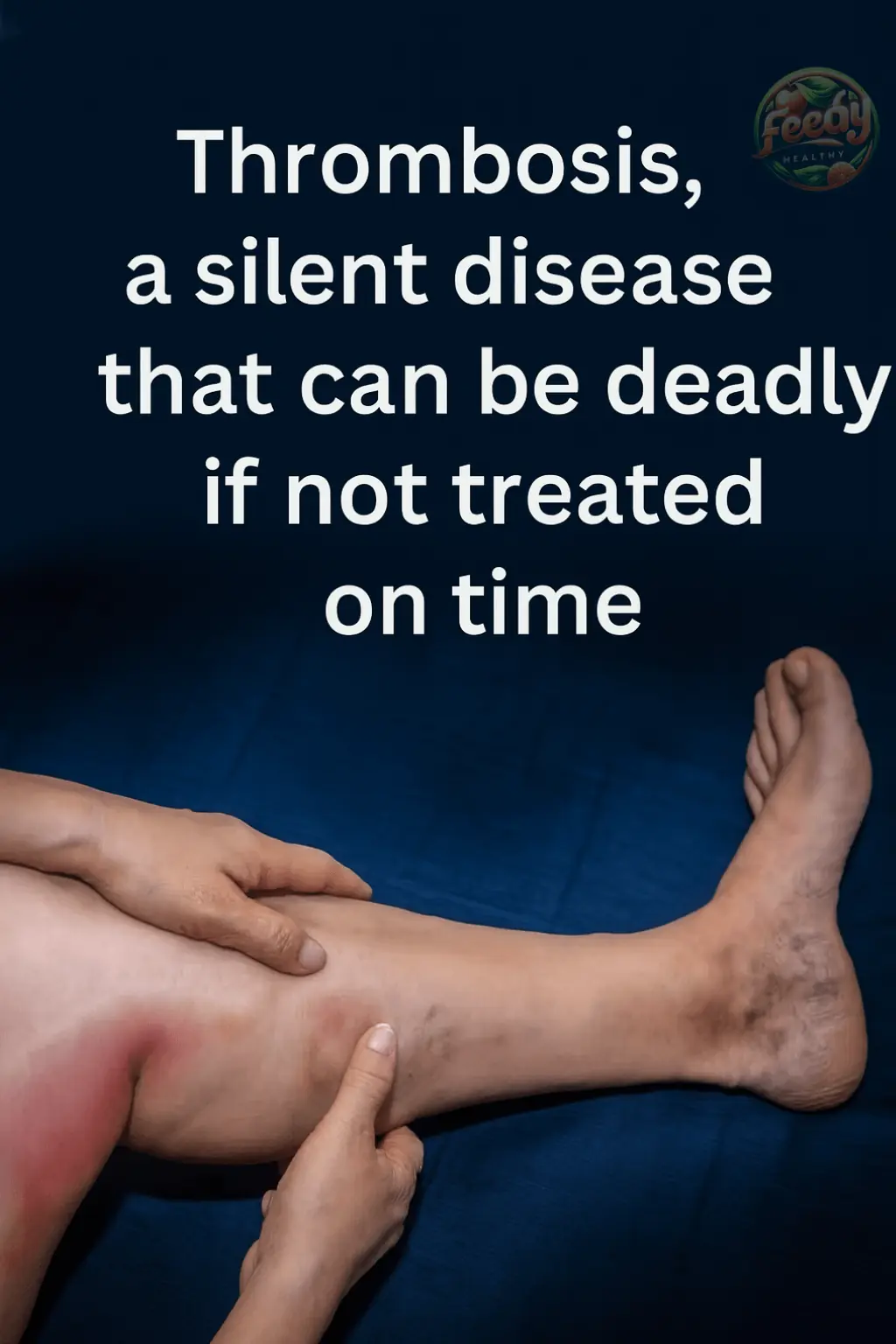
Why Are My Veins Suddenly Bulging and Visible?
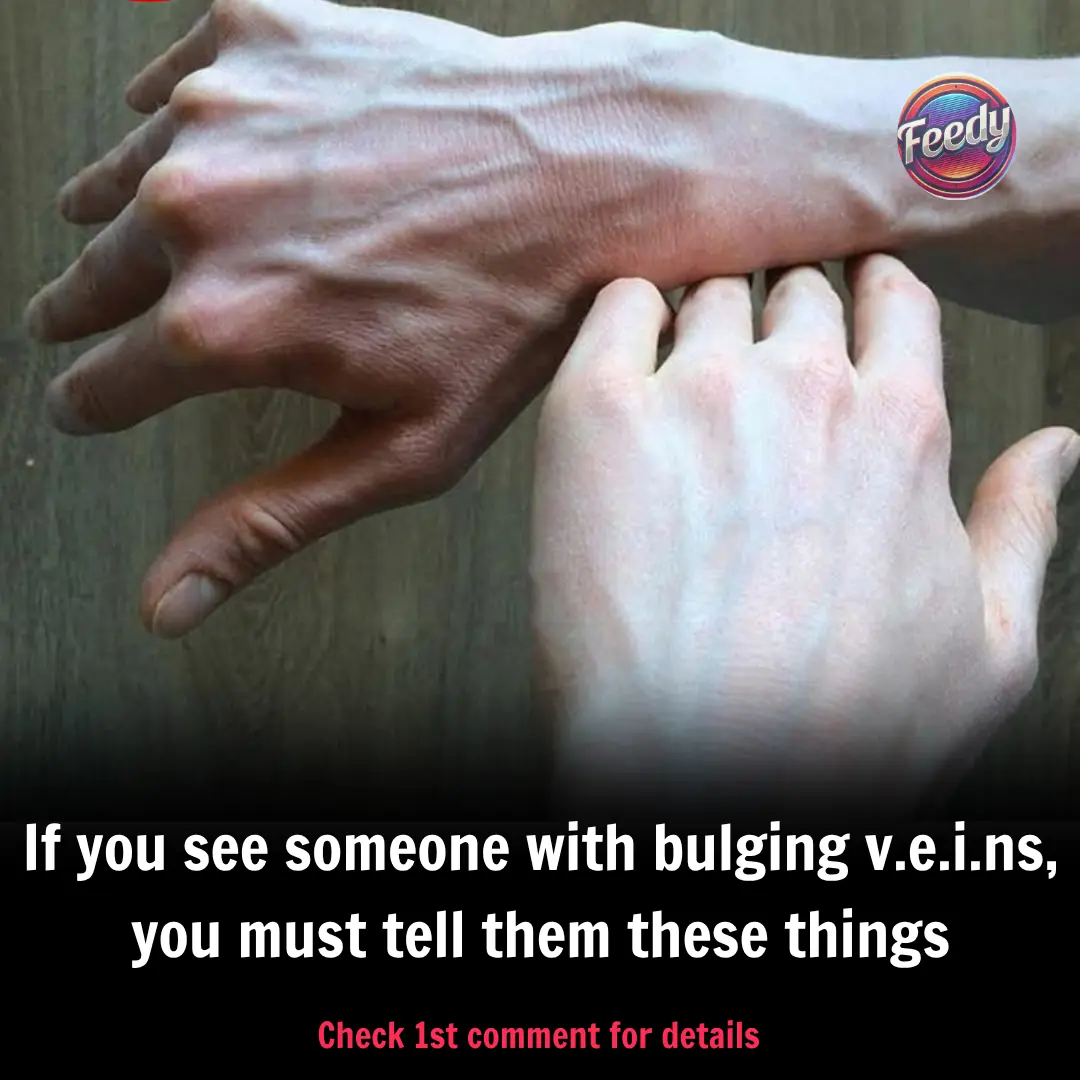
Understanding Bulging Veins: Causes, Risks, and When to Seek Help
Visible veins—especially those that bulge—can often be a cosmetic concern, but they’re not always a sign of a medical problem. Everyday factors like exercise, sun exposure, hot temperatures, tight clothing, and skin tone can make veins appear more prominent. Age, genetics, and excess weight also contribute to the visibility of veins, especially on the legs and feet. However, in some cases, bulging veins may indicate an underlying health issue, such as blood clots. If your veins are discolored, painful, or accompanied by other symptoms, it’s best to consult a healthcare provider.
What Causes Veins to Bulge?
Veins are blood vessels responsible for returning deoxygenated blood to the heart. For this to happen efficiently, veins rely on one-way valves to prevent blood from flowing backward. When these valves weaken or become damaged, blood can pool in the veins, causing them to stretch and bulge. This condition is often seen in the legs and feet due to the force of gravity.
Spider Veins vs. Bulging Varicose Veins
While blood pooling can happen in both small and large veins, the results differ:
-
Spider veins occur in small capillaries near the surface of the skin. They appear as flat, web-like networks in red or blue and are most common on the legs and face. These veins rarely cause symptoms and are typically treated for cosmetic reasons.
-
Varicose veins, on the other hand, are larger and protrude above the skin. They often come with symptoms such as pain, heaviness, swelling, and discomfort. These veins may require medical evaluation and treatment.
Common Factors Behind Bulging Veins
Several lifestyle and biological factors increase the risk of developing bulging veins:
-
Aging: Veins weaken over time, making older adults more prone to vein issues.
-
Hormonal changes: Pregnancy, menopause, and hormonal birth control can affect vein strength.
-
Prolonged sitting or standing: Both limit healthy blood flow and increase pressure in leg veins.
-
Obesity: Extra weight puts additional stress on the circulatory system.
-
Genetics: A family history of varicose veins significantly raises your risk.
Notably, women are more likely than men to develop varicose veins, largely due to hormonal fluctuations.
Symptoms to Watch For
While spider veins are usually harmless, varicose veins can produce noticeable symptoms:
-
Aching, heaviness, or burning in the legs
-
Swelling, especially around the ankles
-
Tired or cramping legs after standing or sitting
-
Skin irritation, itching, or changes in texture
-
Discoloration near the affected area
Symptoms typically worsen throughout the day and improve with rest or leg elevation.
When Bulging Veins Become Dangerous
Ignoring bulging or varicose veins can lead to serious health issues:
-
Chronic venous insufficiency: When veins can’t effectively return blood to the heart, leading to swelling, skin thickening, and fatigue.
-
Venous ulcers: Open sores, often near the ankles, that heal slowly due to poor blood flow.
-
Blood clots: Superficial thrombophlebitis affects surface veins, while deep vein thrombosis (DVT) impacts deeper veins and may lead to life-threatening complications like pulmonary embolism.
Seek medical help immediately if you experience sudden swelling, severe leg pain, skin ulcers, or unusual discoloration.
How to Prevent Bulging Veins
While you can’t change your genetics or age, you can reduce your risk:
-
Exercise regularly to promote healthy blood circulation.
-
Avoid prolonged sitting or standing when possible.
-
Maintain a healthy weight to reduce pressure on your veins.
-
Wear compression stockings during long travel or immobility.
-
Elevate your legs when resting and avoid tight clothing that restricts blood flow.
When to See a Doctor
If you experience any of the following, seek medical advice:
-
Severe or sudden leg pain
-
Swelling, especially if one leg is more affected
-
Skin ulcers or slow-healing wounds
-
Bleeding from bulging veins
-
Skin changes (color or texture) around the veins
-
Significant discomfort that interferes with daily life
Early evaluation and treatment can prevent complications and improve both comfort and appearance.
News in the same category


Mum wakes to find five-year-old daughter dead beside her

21-year-old congressional intern shot dead

Shania Twain’s Journey from Poverty to Music Stardom

Hollywood Legend Michael Madsen Dies At 67 — Fans Devastated

This Military Sleep Method Helps You Fall Asleep In Less Than Two Minutes
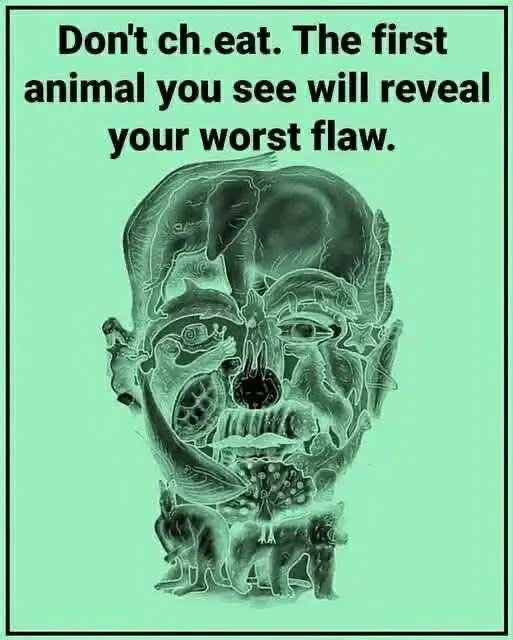
The first animal you spot in this visual reveals your ‘worst flaw’

Hero Dad Leaps Off Disney Cruise Ship To Save Daughter Who Fell Overboard

Japan On Edge: Scientists Warn 82% Chance Of Megaquake That Could Kill 300,000
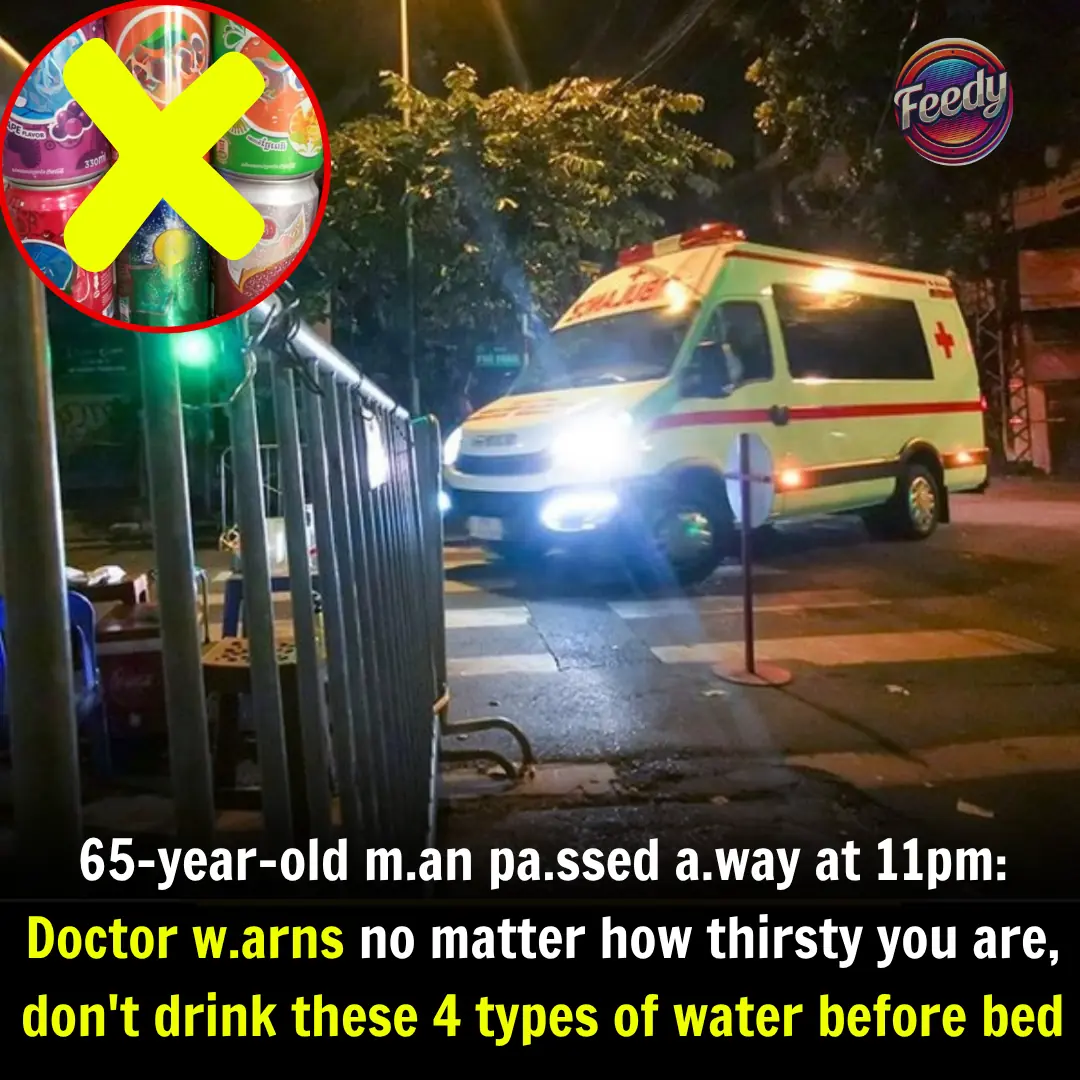
4 types of water you should not drink before going to bed
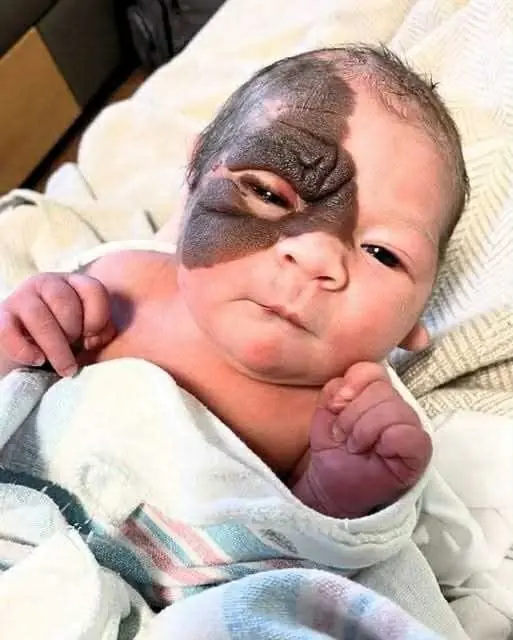
Mom on a mission to show daughter with extremely rare birthmark that she is beautiful

Glee star Cory Monteith's parents tragically die weeks apart following his death 12 years ago

‘Horrifyingly goofy’ creature washes onto Southern California beach
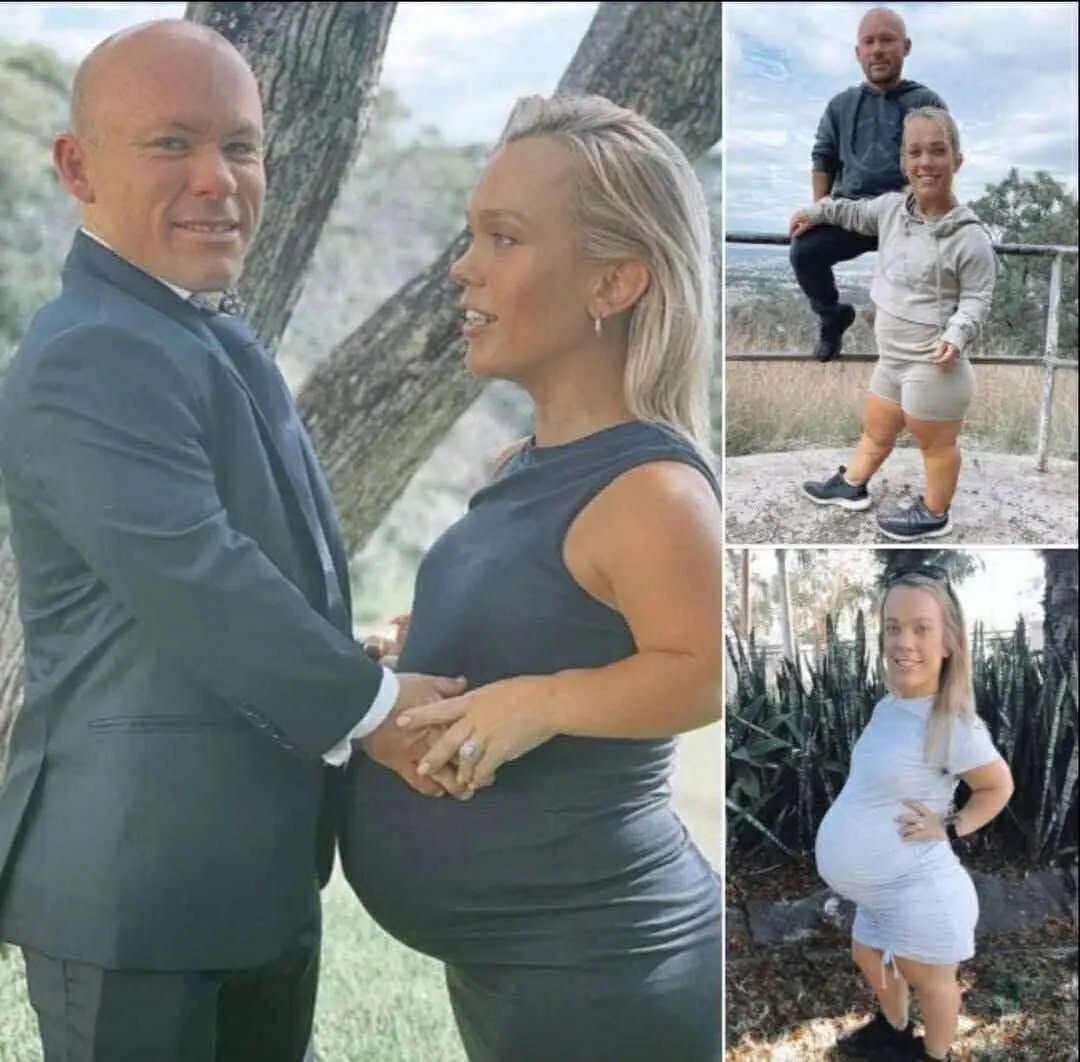
Australian couple with dwarfism have three children against all odds
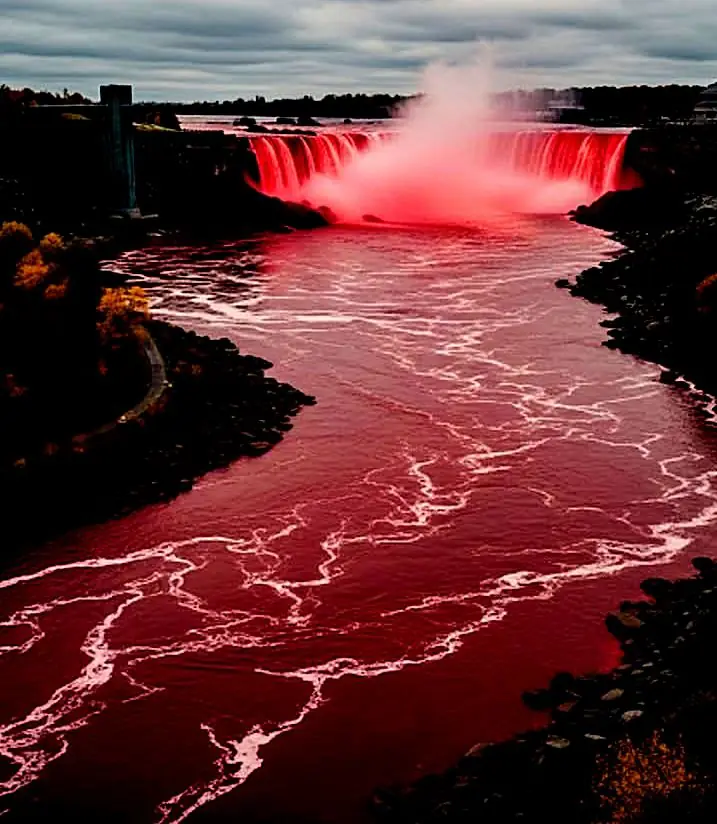
NIAGARA FALLS TURNS RED BLOOD FOR 10 MINUTES VISITORS STUNS
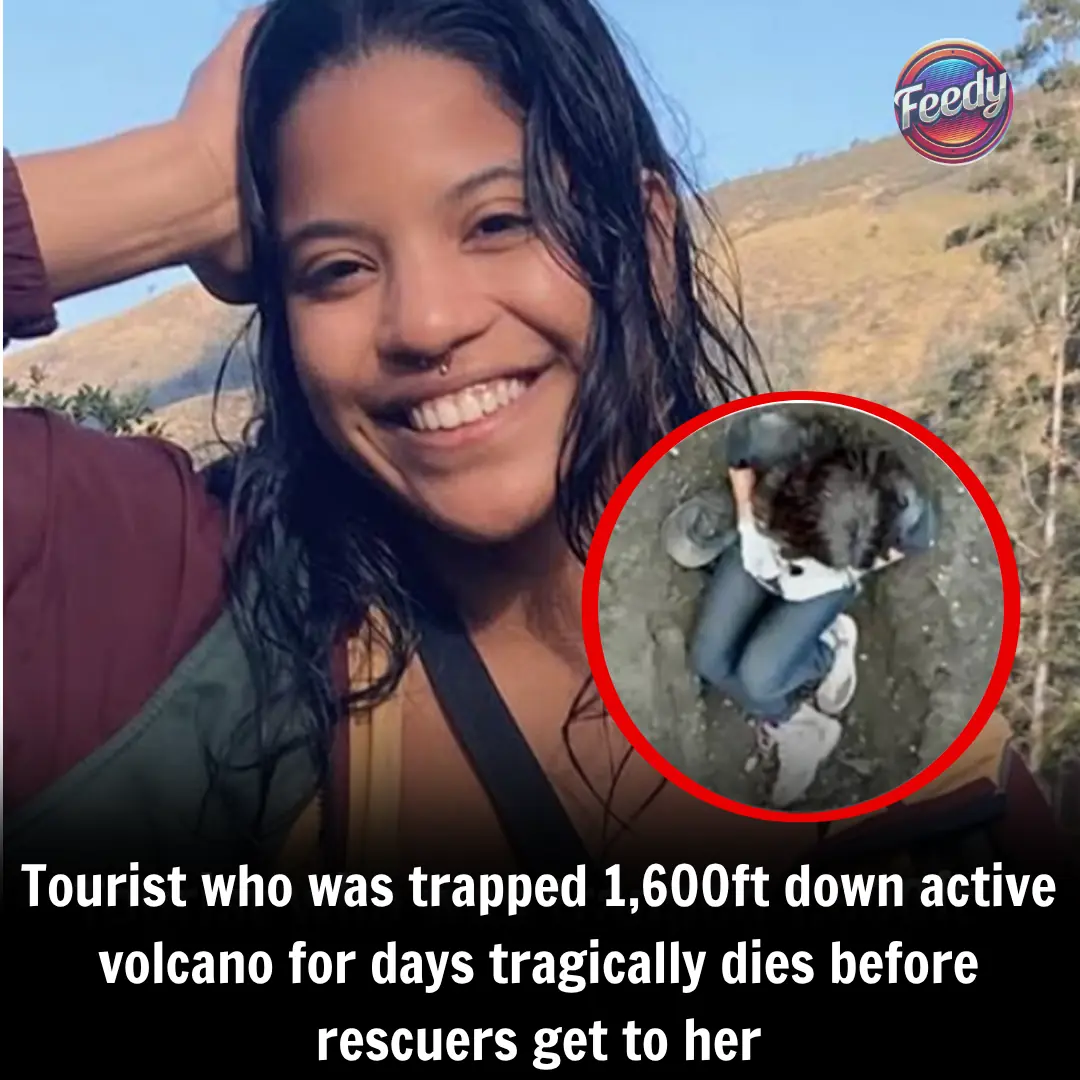
Tourist who was trapped 1,600ft down active volcano for days tragically dies before rescuers get to her
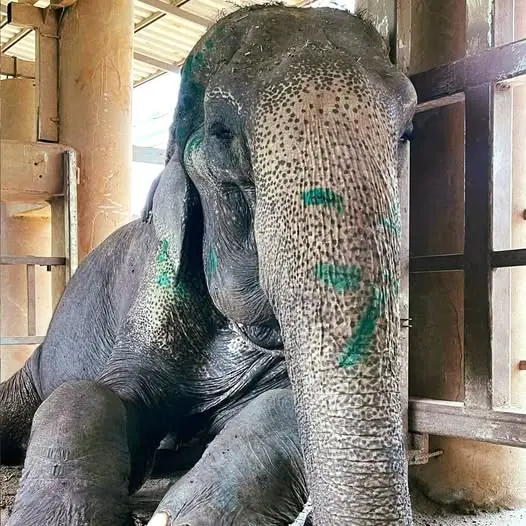
Elephant finally rescued after over 80 years in shackles – finally lays down and rest

London-bound plane with 242 on board crashes in India

Kitten was dyed with toxic blue paint and left in the rain — rescuers help her make a stunning transformation
News Post

😋💕 Mini Strawberry & Chocolate Party Cakes Recipe 💕😋

💕😋 Chocolate Cheesecake Cookies Recipe 😋💕

Extreme Freakshake S’mores Milkshakes: A Decadent Dessert Experience in a Glass 😋🔥🍫
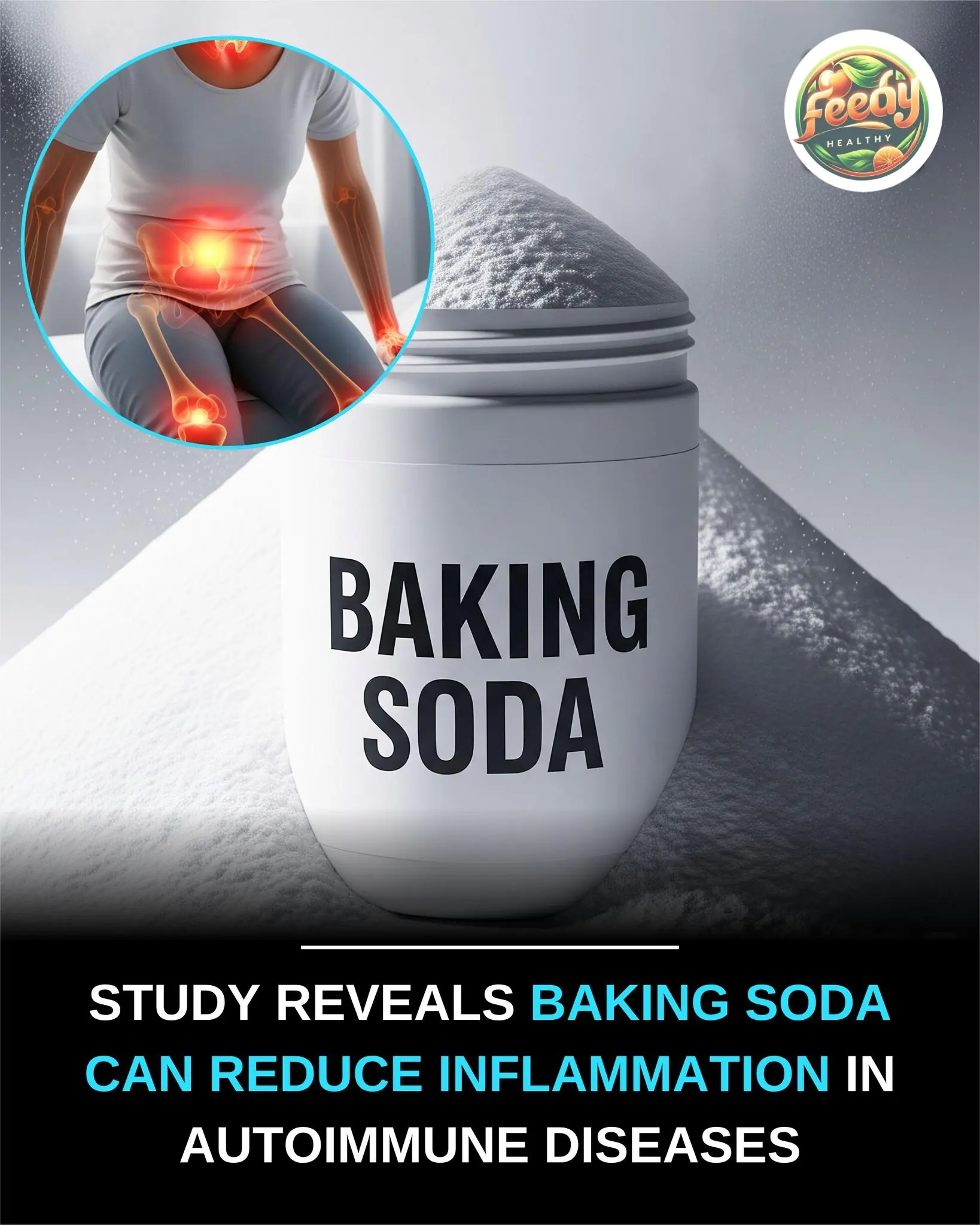
Daily Baking Soda Intake May Help Tame Autoimmune Inflammation, Study Finds

Who Would You Give Your Seat to on the Bus? Your Answer Reveals Personality Insights
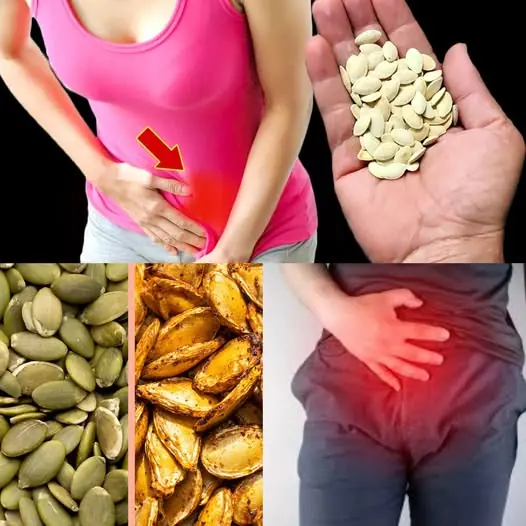
Enhance Your Bladder and Prostate Health with Pumpkin Seeds! 🌿🎃
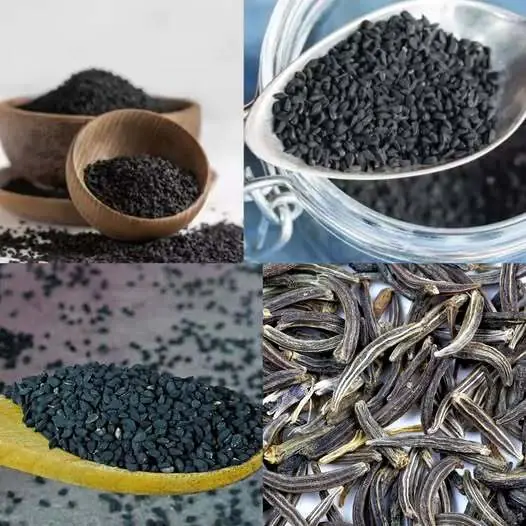
Discover the Power of Black Cumin Seed: Your Ultimate Healing Remedy! 🖤🌿
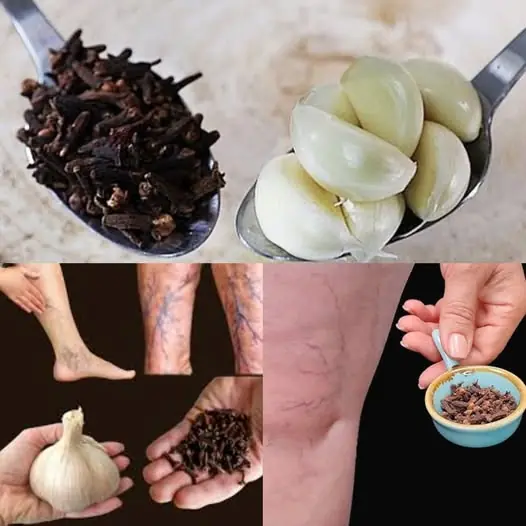
Soothe Leg Pain and Rheumatism with This Natural Remedy

Discover the Health Benefits of Red Onion and Ginger Tonic
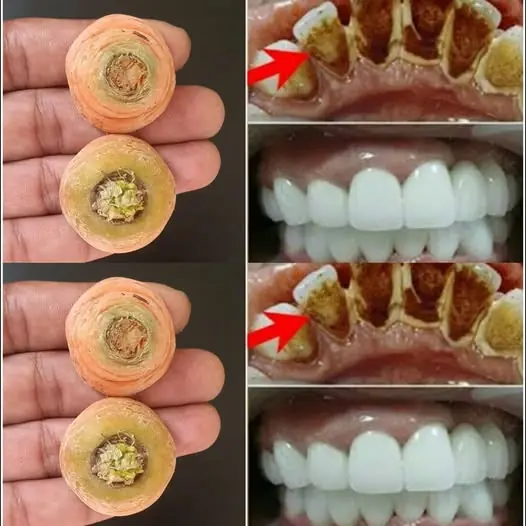
Brighten Your Smile with Carrot Tops: A Natural Home Remedy
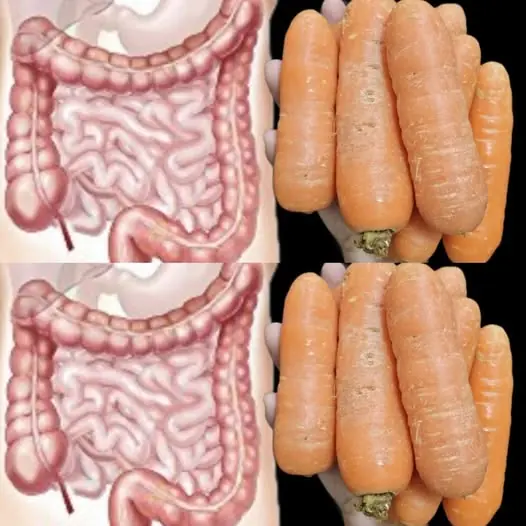
Rejuvenate Your Intestines and Liver with the 3-Day Carrot Cleanse!

Revitalize Your Body with a Refreshing Parsley and Lemon Cleanse
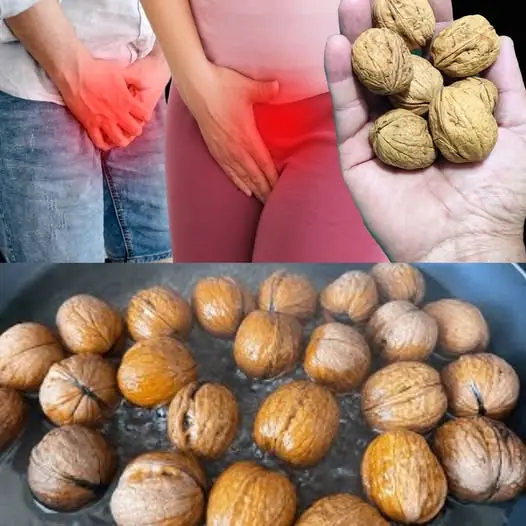
Walnut Tea: Unlocking the Power of Nature for Your Health
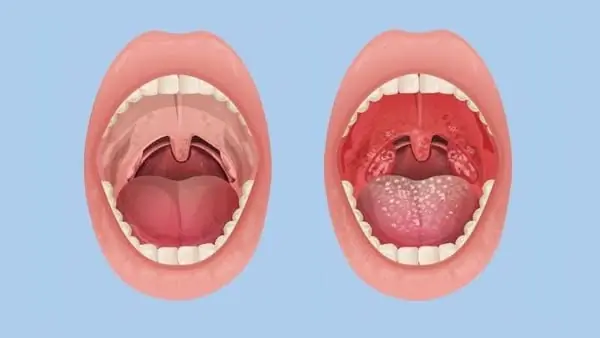
Many people mistake nasopharyngeal cancer for tonsillitis: Doctor explains how to tell them apart through associated symptoms

Ultimate Salted Caramel Cupcakes

Perfect Carrot Cake Cupcakes with Cream Cheese Frosting

Black Chocolate Cake

Black Sesame Red Velvet Cheesecake: A Stunning Fusion Dessert

Decadent Chocolate Mousse Cake (No-Bake Mousse on a Baked Base)
